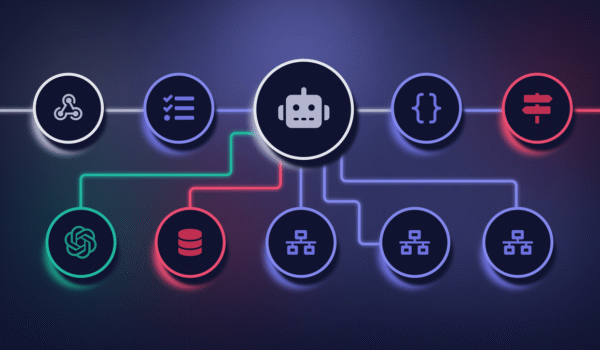Shadow AI in the UK Workplace: Risks and Solutions
-
October 15, 2025
-
30 Views
Introduction
AI has taken over workplaces faster than anyone expected. In the UK, a recent Microsoft report revealed that 71% of employees use unapproved AI tools at work — a growing trend known as shadow AI. While this reflects innovation and efficiency, it also brings security, privacy, and compliance risks. This blog explores what shadow AI in the UK workplace means, why it’s happening, and how organisations can manage it responsibly.
What Is Shadow AI?
Shadow AI refers to the use of artificial intelligence tools by employees without approval from their company’s IT or compliance teams. Common examples include using chatbots, image generators, or online text tools to write content, analyze data, or automate tasks.
Although these tools can boost productivity, they can also expose sensitive information and violate company policies.
Why Is Shadow AI Growing in the UK Workplace?
There are several reasons why employees are embracing shadow AI:
-
Accessibility – Free and user-friendly AI tools are available online to anyone.
-
Pressure to perform – Staff want faster results and use AI shortcuts to meet deadlines.
-
Lack of official options – Many organisations have yet to provide internal AI solutions.
-
Low risk awareness – Workers often underestimate data privacy and GDPR implications.
The trend shows that UK businesses need clearer policies and better AI governance to keep operations safe.
Risks of Shadow AI in the Workplace
Shadow AI may seem harmless, but it poses serious business threats:
-
Data privacy issues: Sensitive or personal information could be uploaded to public AI tools.
-
GDPR violations: Using unapproved software can break data protection laws.
-
Intellectual property loss: AI tools may store or reuse your company data.
-
Security risks: External platforms may expose systems to cyberattacks.
-
Lack of accountability: AI-generated work might not be traceable or auditable.
How UK Companies Can Manage Shadow AI
To handle this challenge, UK businesses should take proactive steps:
| Step | Action |
|---|---|
| 1. Identify | Audit which AI tools employees are using without approval. |
| 2. Classify | Separate safe tools from high-risk ones. |
| 3. Approve | Provide a list of approved AI applications. |
| 4. Train | Educate staff on safe AI use and data handling. |
| 5. Govern | Create policies and monitor compliance. |
The goal isn’t to ban AI but to build trust and transparency between employees and management.
Benefits of Proper AI Governance
When managed correctly, AI can still provide huge benefits:
-
Increased efficiency and innovation.
-
Reduced workload on repetitive tasks.
-
Competitive advantage through smarter operations.
-
Safe data practices and compliance.
By turning shadow AI into structured AI, UK organisations can use technology responsibly and stay ahead of competitors.
Conclusion
Shadow AI in the UK workplace is a double-edged sword. It represents both innovation and potential risk. Instead of ignoring it, businesses should adopt governance frameworks, train employees, and integrate AI safely. The future of work in the UK depends on how effectively companies balance productivity and protection.
Related Articles
AI Automation: The Future of Work in 2025
-
October 13, 2025
-
24 Views
How Make.com is Transforming AI Automation in 2025
-
October 13, 2025
-
58 Views
Top Category
- ai automation (3)
- london web developer (1)
- make.com (1)
- n8n ai automation (1)
- shadow ai (1)
- uk digital id (1)
- uk freelancer (1)
- uk technology trends (1)
- uk wordpress developer (1)







Leave a comment